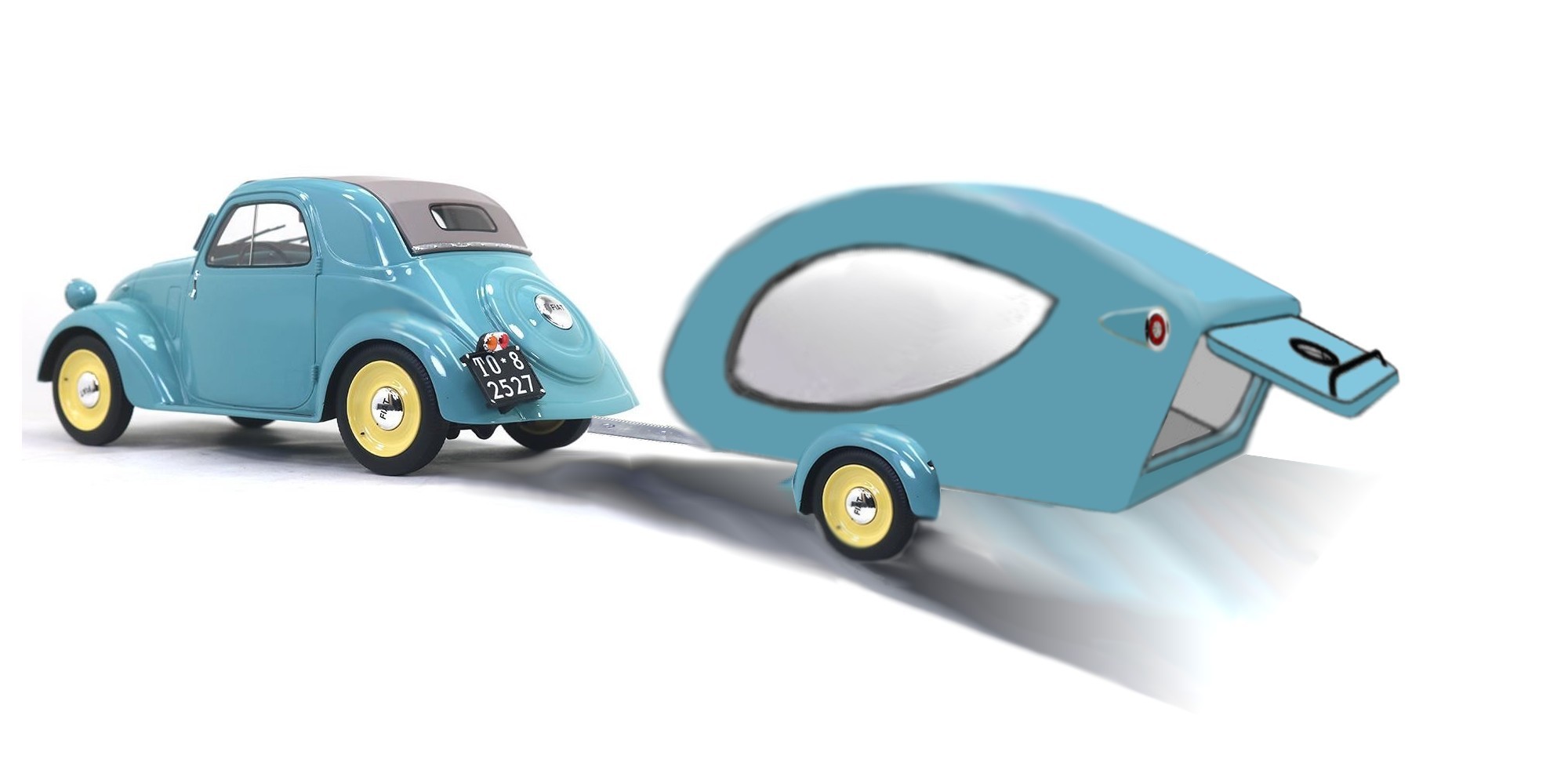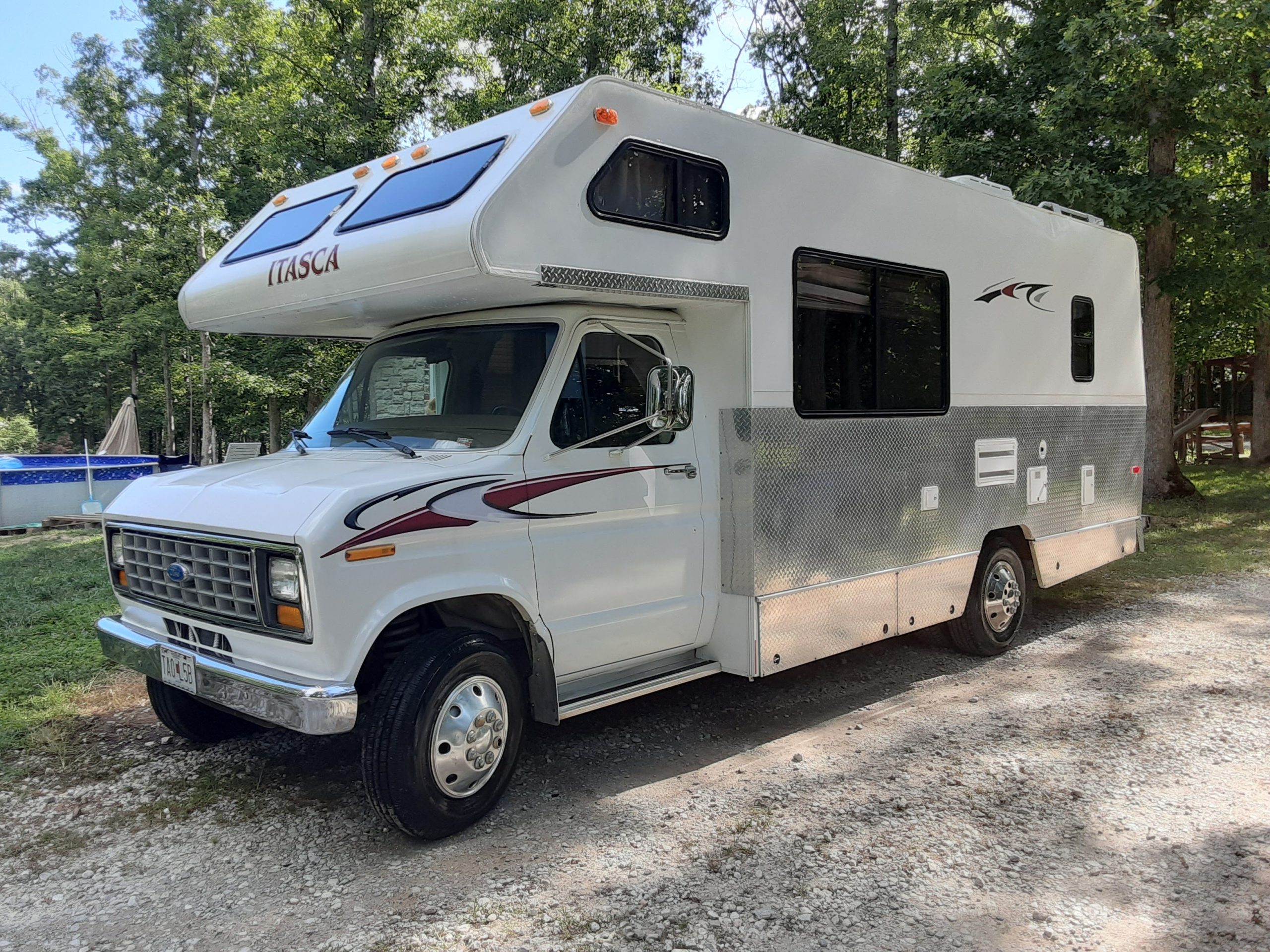Do I need one of these in my RV?
The electrical system of an RV can be tricky and if RVs are new to you, they can be very confusing. We are going to talk about RV Converters vs Inverters and see if we can knock that off your list of items to learn about. Most of us ask ourselves, do we have one? Do I need one? What does it even do?
We will try to clear up those questions with hopefully some straightforward answers.
What is an RV inverter and how does it work?
An inverter takes 12-volt DC power from your RV batteries and electronically changes it to 120-volt AC. Some RVers use an inverter just to watch TV or for their personal computer. Other RVers use an inverter to operate microwaves, coffee pots, or other larger appliances. Be aware this will only last as long as your battery source does. Batteries will then need to be charged somehow to provide further assistance.
How much does an RV Inverter cost?
$150 to $300 is the simple answer, but they can also go higher depending on the power output needed. RV’s typically use a 2-3,000-watt inverter, and typical features include larger batteries, higher power output, and multiple outlets for easy use.
Do you really need one?
Recommended but not a must-have, But if you like to boondock or camp in places that don’t offer electrical hookups it is needed. It will convert your 12V power to 120V to run things such as a TV, computer, air conditioner, or microwave. These items won’t run off the battery or solar panels alone because they supply 12V DC. These items need 120V AC.
Check here If you are interested in learning more about How RV electrical System Work

GIANDEL 2200W Pure Sine Wave Power Inverter 12V DC to 110V 120V AC with 20A Solar Charge Control and Remote Control & LED Display and Dual AC Outlets
What is an RV converter and how does it work?
A large part of the converter’s job is to take the incoming AC Voltage (110V), transform it to DC Voltage (12V), and then use the DC Voltage to charge the RV’s house batteries. The second portion of a converter’s job is to distribute the DC Voltage (12V), on separate fused legs, to the required components.
How much does an RV converter cost?
If you do need to replace your converter, prices vary between $150 – $1,600. The difference in price depends on the amount of amperage you are dealing with. For your RV, be prepared to spend $400 or more. Replacing a converter should be done by professional technicians due to the complexity of the procedure.
Do you really need one?
Yes, or I should say Yes if you want your electrical system to work correctly. nearly every RV comes with them, standard. So unless you are struggling with your storage and need the battery’s compartment for an upcoming trip, keep your electrical system happy by leaving it be!
RVs need to convert that power into 12-volt direct current, or DC power, to make use of it. That’s where an RV converter comes in. RV converters turn 120-volt AC power into 12-volt DC power. It’s important to properly maintain your RV converter because if it isn’t working, there can be all sorts of electrical problems. This power is used to run all your 12V items, lights, some refrigerators, and exhaust fans to name a few.

Knowing the difference between Converters vs Inverters
Frequently Asked Questions about Converters vs Inverters
How can you tell when your converter is going bad?
Your first clue could be your house lights in the RV start to grow dimmer than they normally are. They use very little juice and when the converter starts putting out less power you will see them dim. Some larger devices that you know work, will probably not work at all. Another indicator could be your refrigerator having a hard time maintaining its temperature.
What wattage Inverter do I need in my RV?
Will a 3000-watt inverter run my RV?
Most RVs will operate off inverters rated at 2000 to 4000 watts (continuous). Generally, inverters will supply surge loads of 1.5 to 2 times their rated continuous output to allow for high-demand start-up loads such as fridges and AC compressors. This wattage rating really depends on the size of an RV you have, do you have dual AC units? Is there equipment that has a higher-than-normal draw?
How do I replace my Converter?
How many batteries would I need to run my AC using an Inverter
To assure the best setup, 4 -12V batteries would be the minimum bank needed to run a single rooftop unit.
What runs off my batteries?
Only low-draw devices can run off your batteries such as lights, water pumps, and small appliances. Mainly, because the amount of power the batteries provide is very low. Depending on how many devices you use and for how long, you can calculate a day’s use before they will need to be recharged. You really don’t want to drain batteries under 50% or it can damage the battery and reduce its ability to charge. That is a big NO on running your AC off batteries without help!
Conclusion
So we talked about Converters vs Inverters, what they do and if you need them. To me, they are both needed and useful devices to get me through an adventurous outing off the grid. If you are one that is always plugged into shore power, you can probably do without the Inverter. I’ll let you decide what type of camper you are and how you want to set up your RV for your lifestyle. Just get out there and have some fun!
Check here If you are interested in learning more about How RV electrical System Work





One thought on “RV Converters and Inverters: The Ultimate Guide for what you need to know”